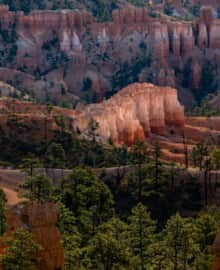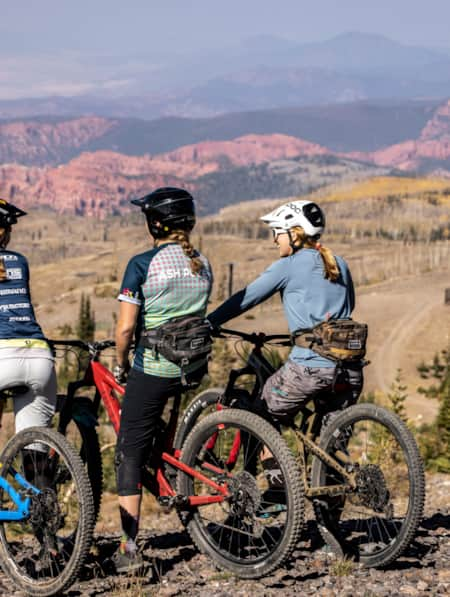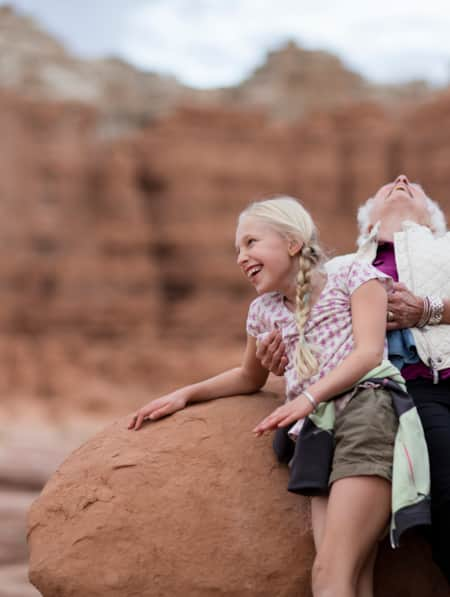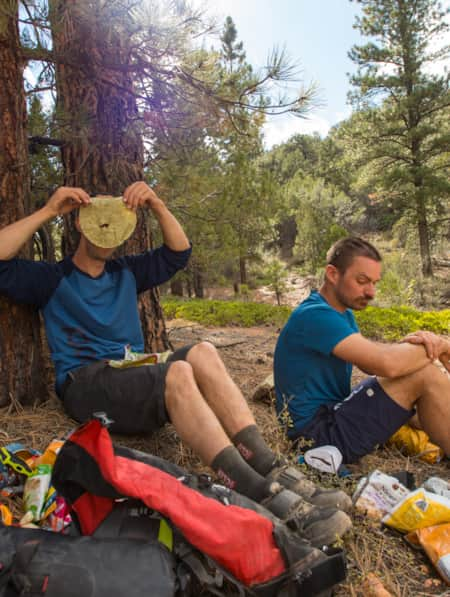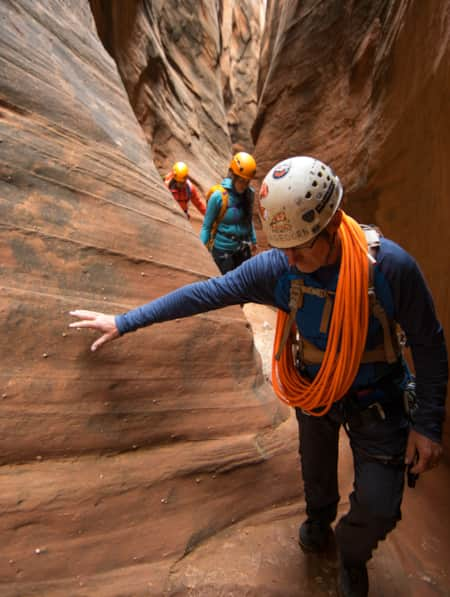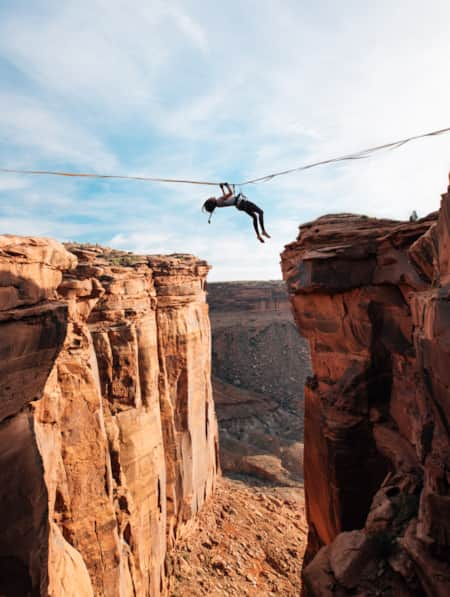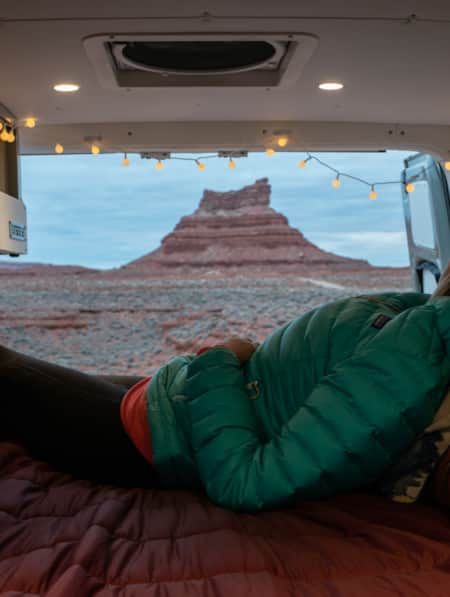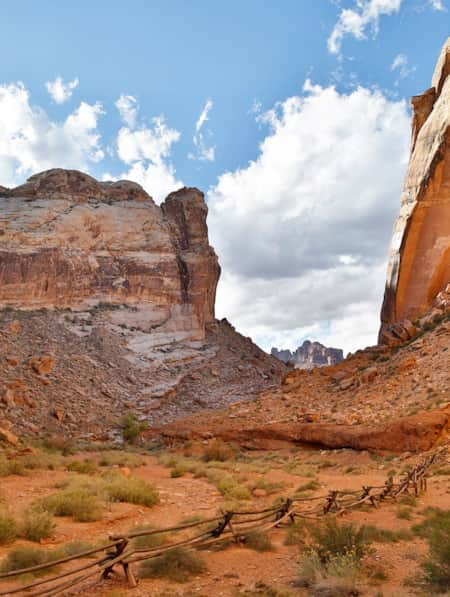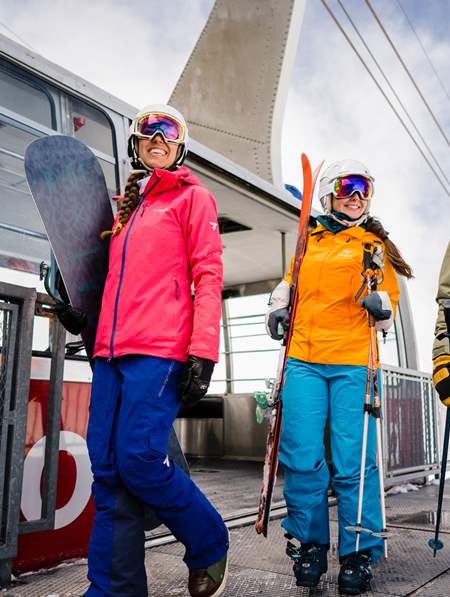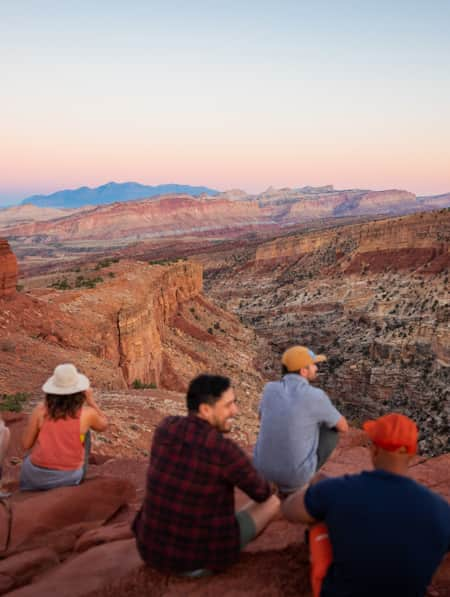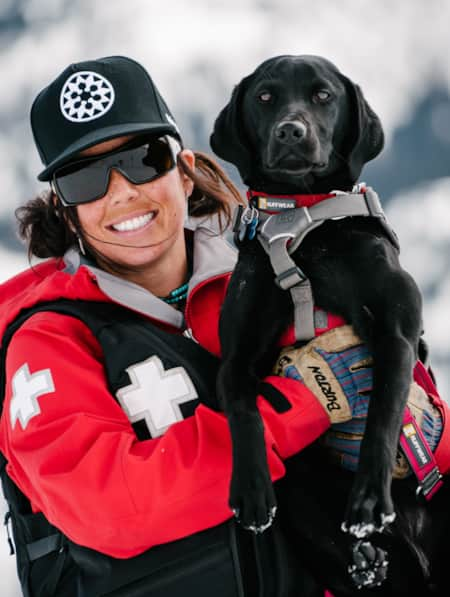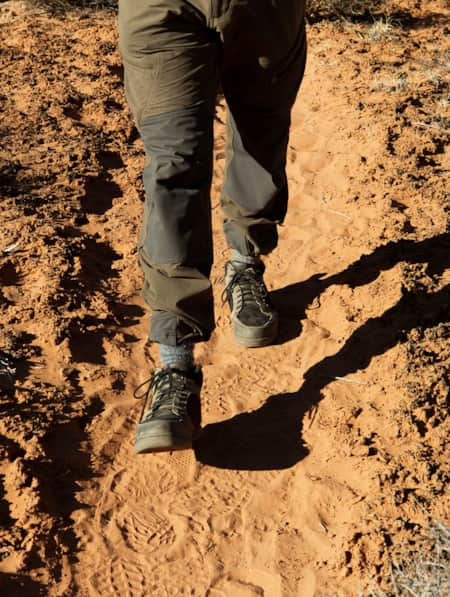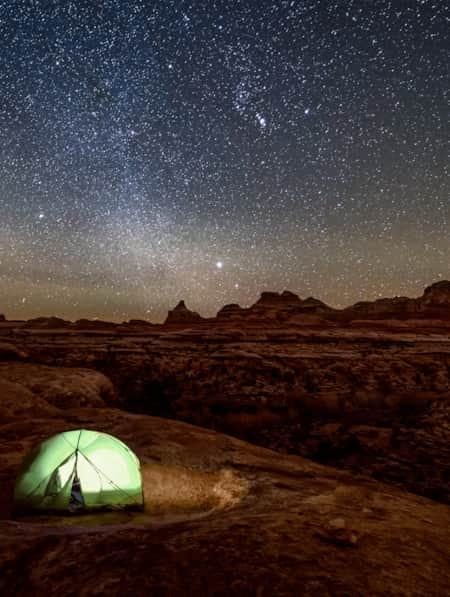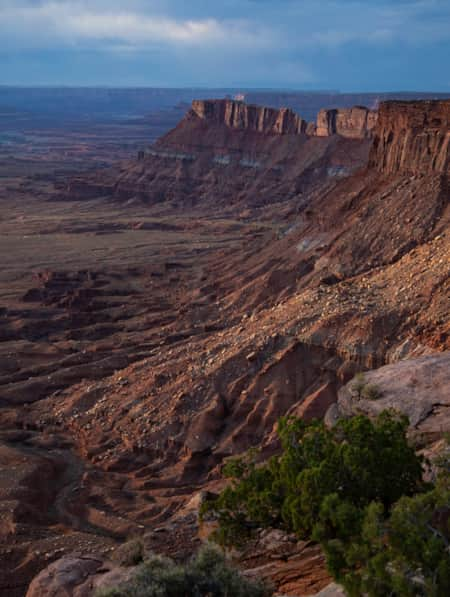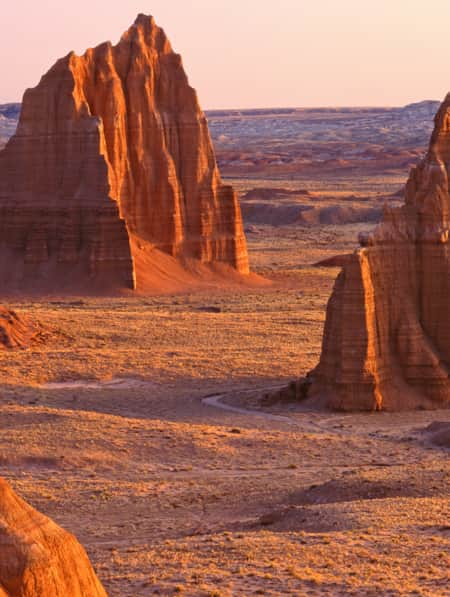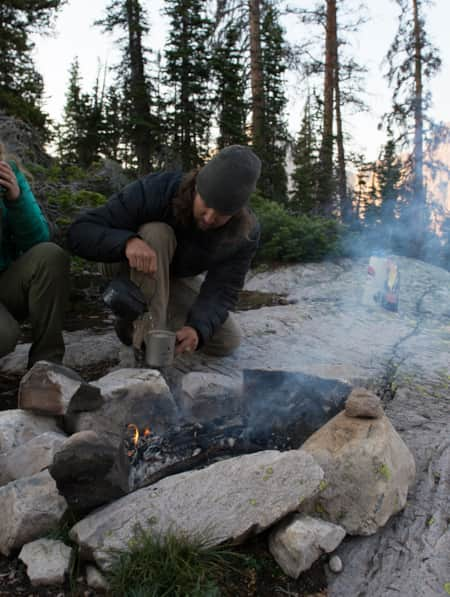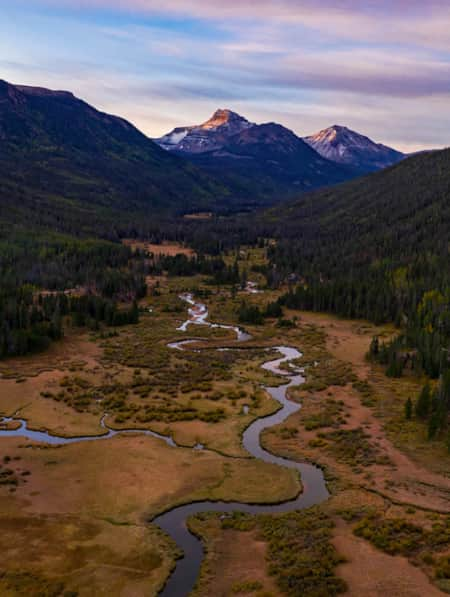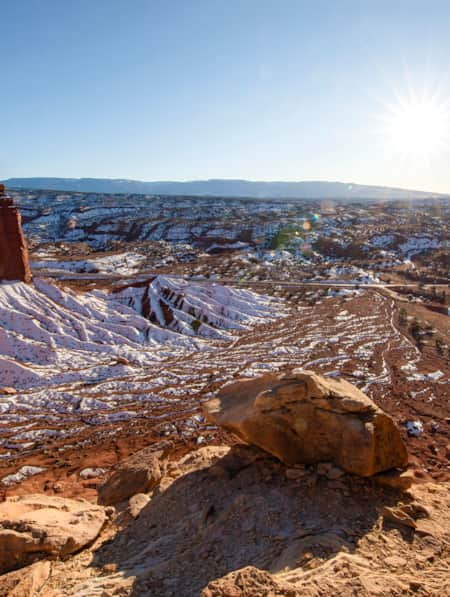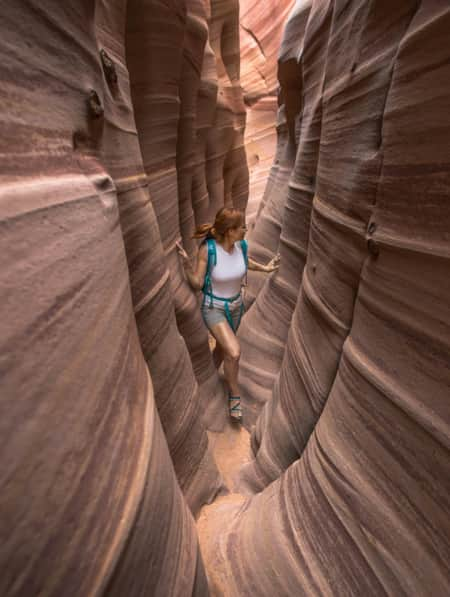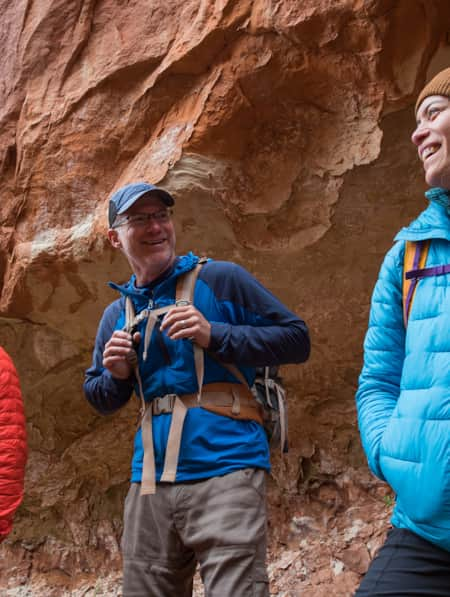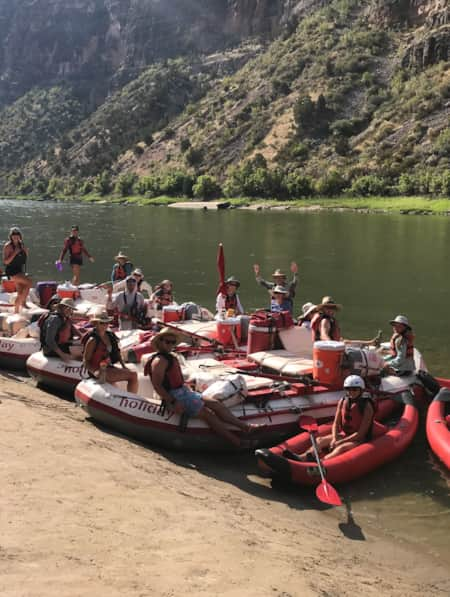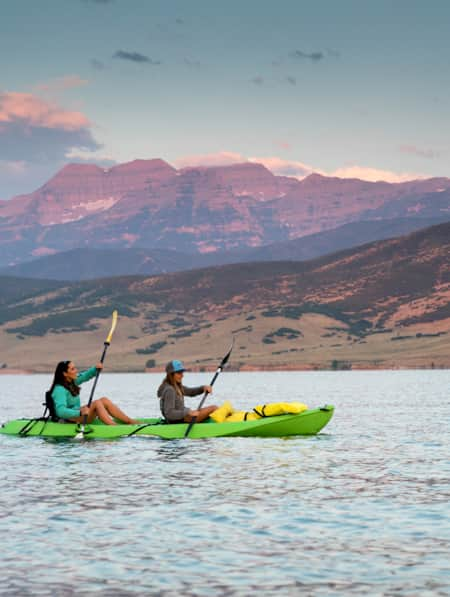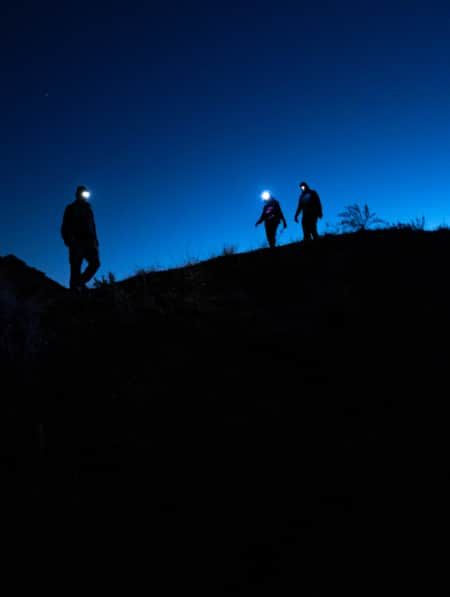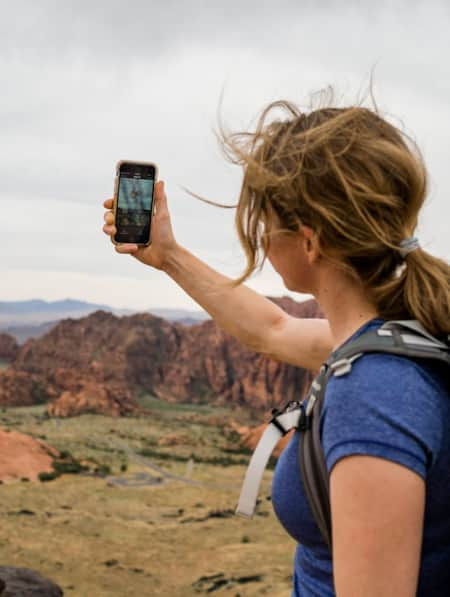How to Visit Utah's National Parks
Use these tips to enjoy Utah’s parks and monuments to the fullest, while also ensuring they stay Forever Mighty.
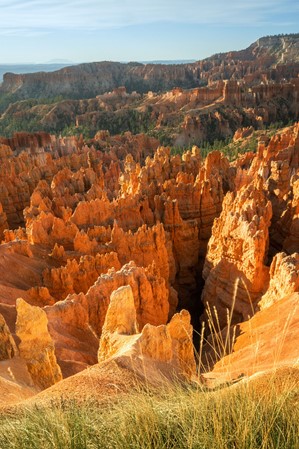
Many of the natural wonders found in Utah are hundreds of millions of years old. Though they’ve existed for eons, that doesn’t mean they’re guaranteed to exist for eons more. In order to get the most out of a visit to Utah’s parks and monuments, while also ensuring they stay Forever Mighty, we’d love for you to follow these tips.
Planning Your Trip
The Best Time Of Year To Visit Utah
A family road trip through Utah’s five national parks and the surrounding areas is a classic American vacation. Unfortunately, most schools’ spring breaks and summer vacations happen at the same time, meaning a flood of road-trippers hit the national parks all at once.
What does that mean for you? Well, if you can be flexible with your travel, it can yield big rewards. The “shoulder” seasons (early-mid spring and mid-late fall) are fantastic opportunities to visit Utah that bring more mild temps during the day (Read: How to Prepare for Southern Utah’s Busy Season). Having your pick of a campground or finding a moment of solitude on the trail can be as memorable as driving along the Devil’s Backbone. Note that some roads, lodging and other amenities close during the cooler months, so be sure to do your research before you book (Read: Visiting Southern Utah in Winter).
The Best Time Of Day To See Utah’s Parks
Utah’s national parks are a popular draw, which means deciding when to visit a park feature can be as important as deciding what to see in the first place. For example, Delicate Arch is one of the most popular sunset viewing spots in the entire state. But people who flip the script and choose to visit during the early morning hours — especially on a weekday — can treat themselves to a quiet morning exploring one of the most iconic natural features in Utah (Read: The Best Time to Visit Moab). Visiting on a holiday weekend late in the morning? Expect a crowd, even restrictions on access. Arches National Park requires a ticket during peak travel season and some areas within parks require permits. Not sure when to visit some of your “must-see” spots? Ask around when you’re in town; visitor centers know the best times of day to check them out, or can suggest a lesser-known alternative that’s no less stunning.
What to Pack In
Though many of our parks are well-equipped and staffed, any visit to Utah will have you stepping foot in wild areas, even within a busy national park. Well-prepared visitors have the most fun on their journey; spending less time worrying about having the right gear and provisions means you can focus on enjoying your vacation.
Before you head out each morning, check the weather conditions. Bring layers of clothing to account for swings in temperature; a hot day in Zion can quickly turn chilly as the sun dips behind the canyon wall. Bring plenty of water — up to 1-liter per hour of activity, especially in the warmer months. Sunscreen, sunglasses and hats will keep the sun from baking you as red as the surrounding cliffs. Not sure if you have the right gear? Check with a park ranger or BLM office before you set out for the day and they can give you the go-ahead.
"Delicate Arch is one of the most popular sunset viewing spots in the entire state. But people who flip the script and choose to visit during the early morning hours — especially on a weekday — can treat themselves to a quiet morning exploring one of the most iconic natural features in Utah."
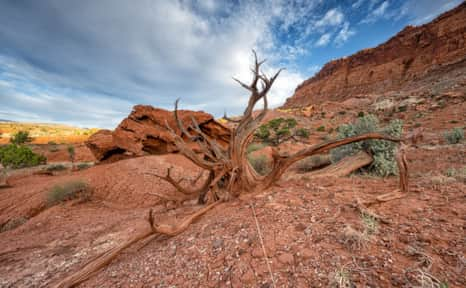
Capitol Reef National Park
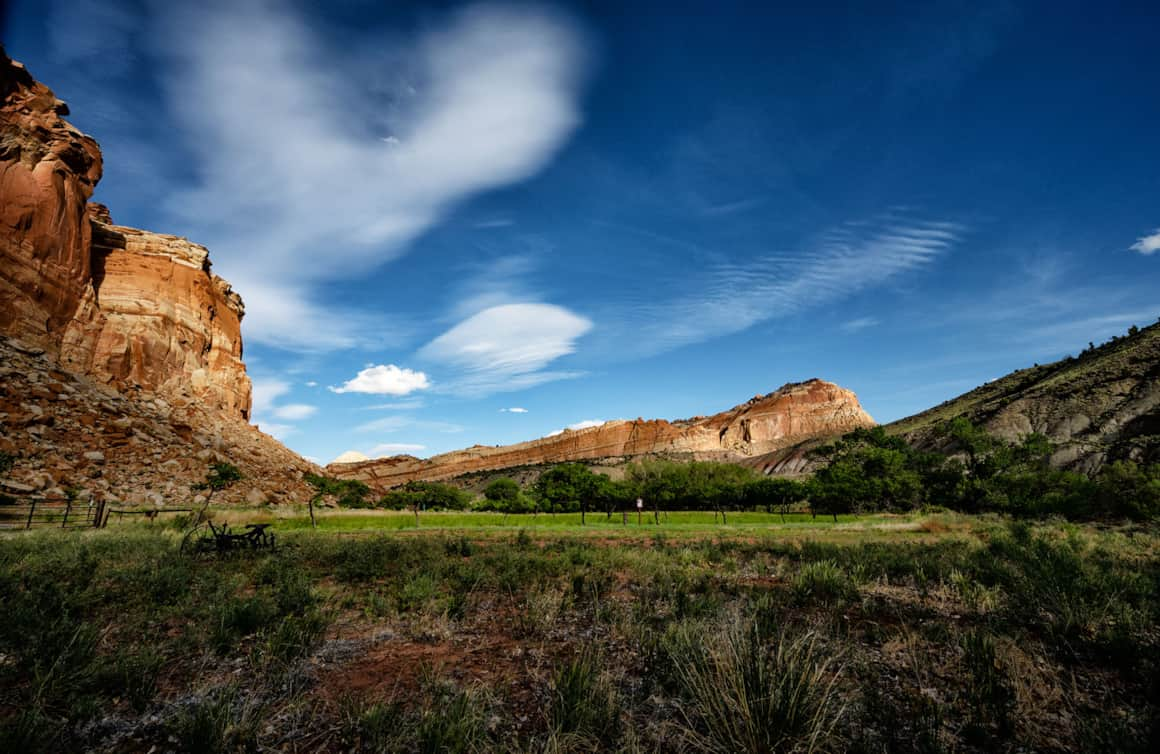
Capitol Reef National Park
While You’re Out Exploring
Mind the (Original) Crypto
You’ve no doubt heard the phrase, “leave only footprints.” In some cases, it's better to leave even less than that! In many places across Southern Utah, protected species rely on a fragile living cryptobiotic crust covered with microbes to keep their ecosystem healthy. So watch your step and always stick to marked trails (Read: Soil Sleuth: Protecting Utah's Living Landscapes).
How to Pack Out
Even in areas that aren’t as sensitive to human activity, packing out your trash, leftover food (including peels and pits) and anything else you bring with you is vital to preserving our natural areas for generations. Always place your trash in a bin. And if the bin happens to be full, carry it with you until you find one that has room. In the event restrooms are unavailable, the most responsible option is to pack it out (Read: How to Poop in the Outdoors).
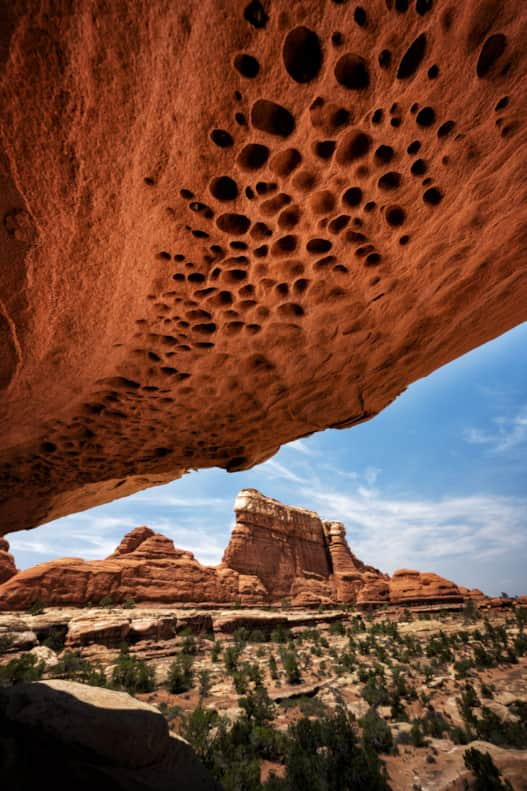
Canyonlands National Park
Photo: Angie Payne
"Well-prepared visitors have the most fun on their journey; spending less time worrying about having the right gear and provisions means you can focus on enjoying your vacation."

Protect Indigenous Cultural Resources
While Utah is best known for its unique geological beauty, the state is also rich in biodiversity and human history. Long before the term “national park” was even coined, Indigenous peoples were living, and thriving, in these areas. Today, throughout your Utah journey you’ll see eight Native Nations across the state. If you’re lucky enough you may even see the artifacts of ancestral Indigenous cultures; petroglyphs, cliff dwellings and more. These are some of our Indigenous communities’ most sacred sites, and we ask for your help in preserving them in their original state by enjoying them from a respectful distance (Read: How to Visit Rock Imagery Sites).
Keep Wildlife Wild
Likewise, careful eyes can spot Utah’s diverse wildlife around every corner. We welcome you to enjoy our wildlife from afar. Take pictures without a flash, and keep plenty of distance between yourself and our four, six, or eight-legged locals (Read: A Photographer’s Guide to Mindful Travel).
In-between Park Visits
What to Buy Locally
With Utah’s national parks booming in popularity, you can take comfort in knowing that you’re never too far away from a market, outfitter or even restaurant. With rare exceptions, anything you may need to enjoy your time exploring Utah can be purchased locally. Some shops and dining options only operate seasonally, however. Always check before you begin your trip to see what is open, and never hesitate to ask a local for their recommendations; some of the best experiences aren’t found on any website (Read: How to Support Local on Your Utah Road Trip).
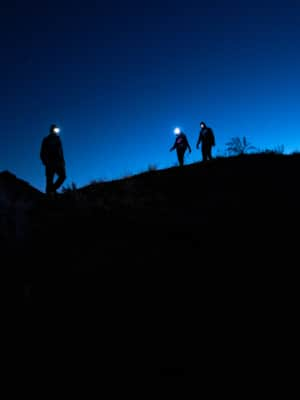
You're Inspired to Go Off the Beaten Path. Now What?
Here’s how to navigate Utah's backcountry safely.
